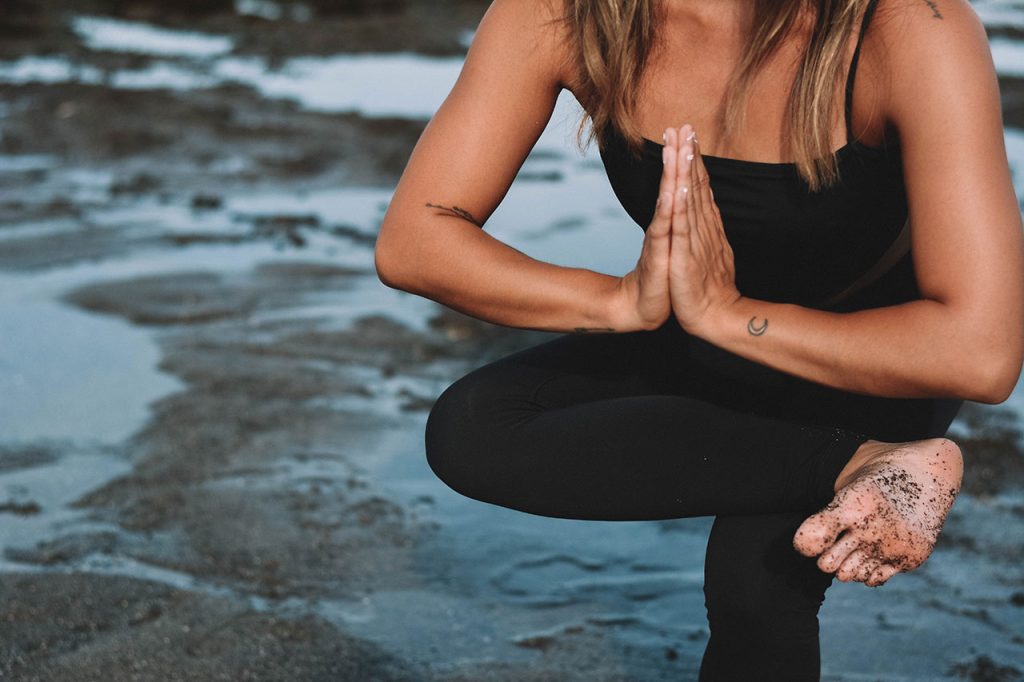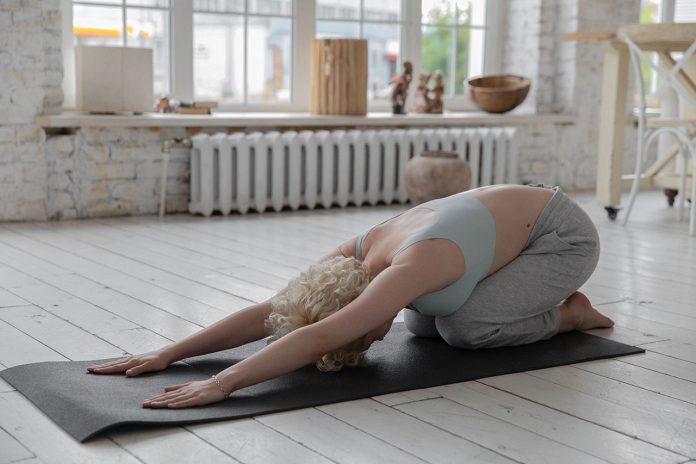Yoga lives up to its reputation as a safe, low-impact activity. However, some risks exist – especially for new students attempting advanced poses before building a proper foundation. However, a regular yoga practice focused on proper alignment with modifications as needed actually helps prevent future injury.
Table of Contents
You may also want to know: How to Start a Yoga Practice
Understanding Yoga Injury Risk Factors
While yoga causes fewer injuries than more vigorous forms of exercise, its unique demands can lead to strains or sprains in those with:
- Underdeveloped strength and flexibility – Attempting advanced poses like a headstand before steadily preparing the smaller stabilizing muscles and connective tissue stresses joints and tendons.
- Structural misalignments – Skeletal asymmetry, scoliosis, or hypermobility requires extra attention to alignment and modification to avoid compensatory movements.
- Pre-existing injuries – Past injuries especially to the wrists, shoulders, or lower back need nurturing modifications.
- Underlying conditions – Issues like osteoarthritis require special care in certain poses to avoid further joint degeneration.
- Poor proprioceptive awareness – Those disconnected from physical sensations lose touch with safe personal limits.
Mindfulness of the body’s changing state and limits prevents attempting poses in high-risk ways. Yoga strengthens inner body awareness crucial for injury prevention.

High Yoga Injury Risk Poses and Safe Modifications
Certain challenging poses carry increased injury potential. Strategic use of props protects vulnerable joints:
Plow – Avoid overstretching neck vertebrae by elevating hips on a block.
King Pigeon – Ease knee strain by placing a folded blanket beneath the back thigh.
Lotus – Support the knee joint by sitting up on a block or cushion if the binding is inaccessible.
Chaturanga – Take full expression from knees rather than feet to reduce low back compression.
Camel – Prevent lumbar hyperextension by keeping thighs engaged and pelvis tucked.
Headstand – Use wall support to lift some weight from the neck and shoulders until balance improves.
Wrist balances – Distribute wrist pressure by stacking a fist between hand and mat until strength increases.
Front splits – Stack blocks under the back thigh and front hip crease to only go as deep as the hamstrings allow without strain.
Props allow access to poses while preventing muscle tears and overstretching connective tissue.
Cultivating an Injury-Free Mindset
More than physical conditioning, an adjusted mindset keeps yoga practice safe:
- Stay present instead of competitively looking around at others.
- Choose ease over strain – know your healthy edge of challenge vs. overload.
- Focus on steady breath rather than forcing depth or advancement.
- Approach yoga as a lifelong process versus expecting instant flexibility.
- Let go of judgments to appreciate where your body is right now.
- Relish stability and alignment over-idealized aesthetics of poses.
- Seek subtle sensations of release versus overt displays of “progress.”
True yoga happens within, not through external feats. Development requires patience and compassion for our evolving selves. What serves yesterday may not serve us today as bodies change. Through tuning inward we reduce judgment, expectations, and ultimately injury.
Additional Safety Tips for Injury-Free Practice
Other important ways to prevent yoga mishaps include:
- Warm up properly before intense flows to prepare muscles and increase elasticity.
- Maintain hydration and nutrition to support muscle performance.
- Rest 1-2 days per week and avoid overstretching fatigued muscles.
- Wear grippy yoga socks to avoid slips.
- Inform teachers of any conditions or limitations before class.
- Seek physical therapy if pain persists to identify any instability or weakness.
- Know emergency exits and keep your phone nearby just in case.
Yoga practiced with care and awareness makes the robust benefits possible across a lifetime. Consistent practice is the true path to progress free of harm.

Related Links:
https://en.wikipedia.org/wiki/Yoga




